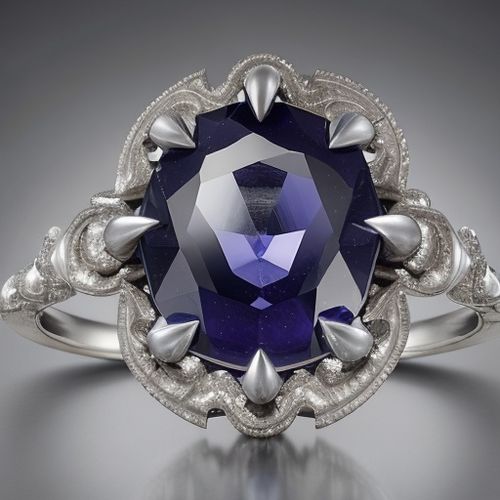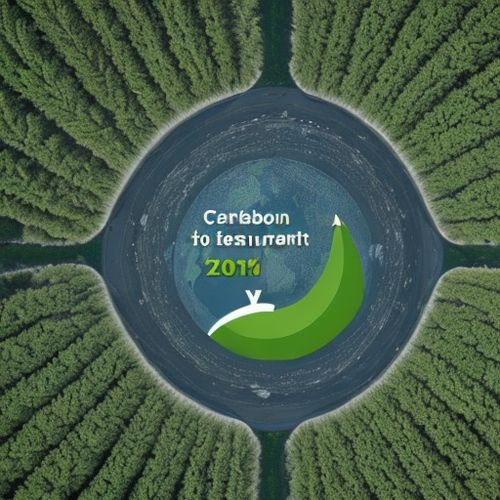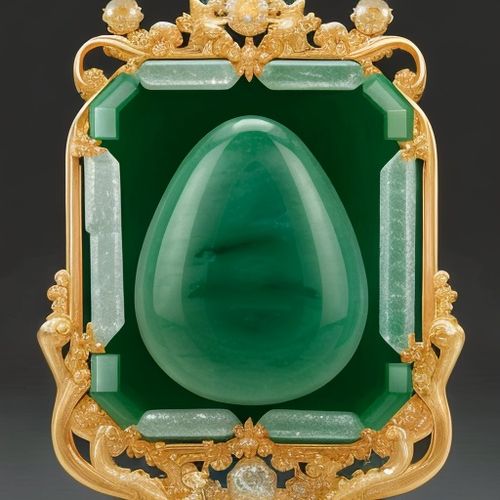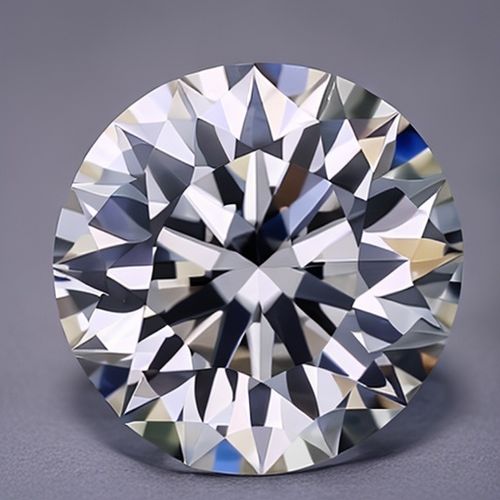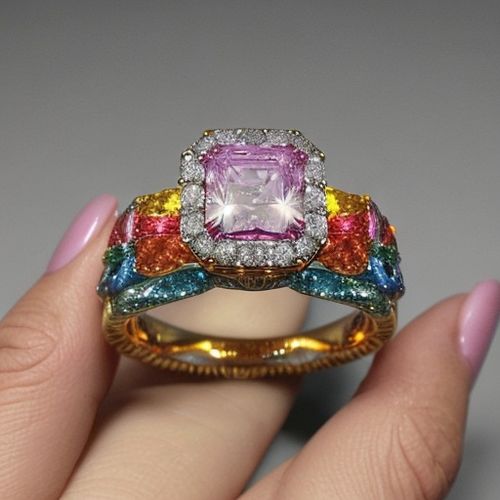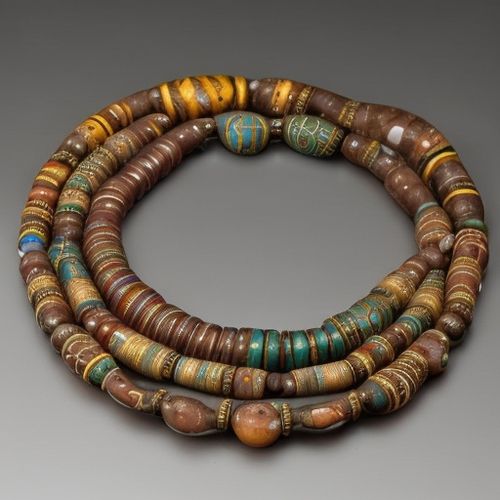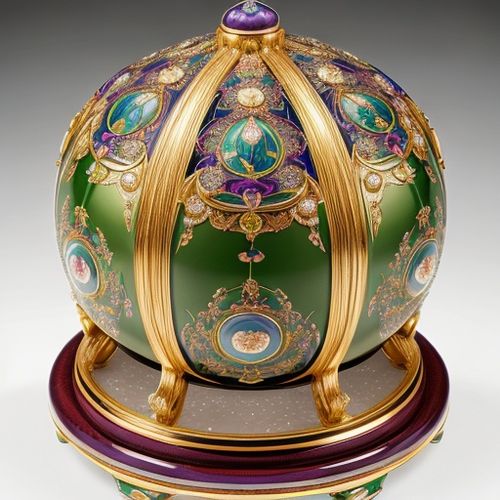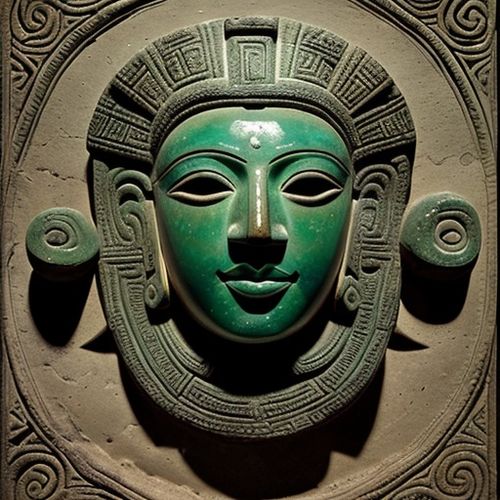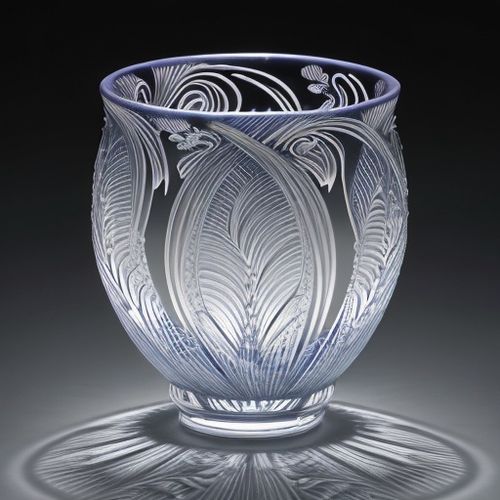Rubies have long captivated humanity with their deep red hues and symbolic associations with passion, power, and prosperity. As one of the most valuable gemstones in the world, the international ruby trade represents a multi-billion dollar industry that connects miners in remote regions with luxury markets across the globe. However, behind the glittering facade lies a complex web of economic, political, and ethical considerations that shape this vibrant trade.
The journey of a ruby from mine to market often begins in Southeast Asia or East Africa. Myanmar (formerly Burma) has historically been the most renowned source of fine rubies, particularly the legendary "pigeon's blood" stones from the Mogok Valley. In recent decades, Mozambique has emerged as a major producer of high-quality rubies, with deposits discovered in 2009 that revolutionized the industry. Other significant producers include Madagascar, Tanzania, Vietnam, and Sri Lanka, each yielding stones with distinct characteristics that appeal to different market segments.
Mining operations vary dramatically depending on location and scale. Large commercial mines utilize heavy machinery and systematic approaches to extract rubies from primary deposits. In contrast, artisanal miners often work in challenging conditions, sifting through riverbeds and alluvial deposits in search of the precious stones. This dichotomy creates stark contrasts in working conditions, environmental impact, and economic benefits for local communities. The ruby trade's supply chain reflects these disparities, with stones passing through numerous hands - from local buyers and cutting centers to international traders and ultimately luxury retailers.
The valuation of rubies depends on several key factors that make each stone unique. Color remains the most critical determinant of value, with the most prized specimens displaying a vivid, saturated red with slight bluish undertones. Clarity comes next, though unlike diamonds, rubies typically contain inclusions that serve as fingerprints of their natural origin. Cut and carat weight complete the quality assessment, with larger, well-proportioned stones commanding exponential price increases. These quality parameters create a wide price spectrum, from affordable commercial-grade stones to record-breaking auction pieces that sell for millions per carat.
International trade dynamics significantly influence ruby exports. The U.S. and European markets traditionally dominated demand, but shifting economic power has seen Asian markets, particularly China and India, emerge as major consumers. Trade policies and sanctions also play a crucial role - the U.S. ban on Myanmar rubies from 2008 to 2016 redirected trade flows and boosted production in alternative sources. More recently, the pandemic disrupted traditional trading patterns, accelerating the adoption of digital platforms for gemstone transactions.
Ethical concerns continue to shape the ruby trade's evolution. Issues ranging from child labor in mining communities to environmental degradation have prompted increased scrutiny from consumers and regulators alike. Certification schemes like the Responsible Jewellery Council aim to create more transparent supply chains, while blockchain technology shows promise in tracing a stone's journey from mine to market. These initiatives respond to growing consumer demand for ethically sourced gemstones, particularly among younger, socially conscious buyers.
The cutting and treatment of rubies present another layer of complexity in the export trade. Most rubies undergo heat treatment to enhance their color and clarity - a widely accepted practice in the industry. However, more controversial treatments like lead glass filling or diffusion treatments require full disclosure to buyers. Major cutting centers in Thailand, India, and Sri Lanka process the majority of the world's rubies, adding significant value before export to consumer markets. The skills of these master cutters can dramatically affect a stone's final beauty and value.
Market trends indicate evolving consumer preferences that impact ruby exports. While traditional markets still favor classic ruby jewelry designs, younger consumers are driving demand for more contemporary styles and unconventional cuts. Lab-grown rubies have also entered the market, offering identical chemical composition at lower price points - a development that has sparked debate within the industry about market segmentation and consumer education. Meanwhile, high-end collectors continue to pursue exceptional natural specimens, with auction records regularly broken for stones with outstanding provenance or historical significance.
Looking ahead, the ruby trade faces both challenges and opportunities. Climate change threatens to disrupt traditional mining regions, while technological advancements offer new possibilities for exploration and extraction. Geopolitical instability in key producing countries could impact supply, while economic growth in emerging markets may create new centers of demand. One constant remains - humanity's enduring fascination with these crimson gems ensures that ruby exports will continue sparkling through the global economy for generations to come.
The ruby trade's future will likely be shaped by how the industry balances its rich traditions with modern expectations around sustainability and transparency. As consumers become more knowledgeable and discerning, exporters must adapt to maintain confidence in these precious commodities. Whether gracing royal crowns or contemporary engagement rings, rubies will undoubtedly maintain their status as one of nature's most coveted treasures, their export serving as a vibrant thread in the tapestry of global commerce.


